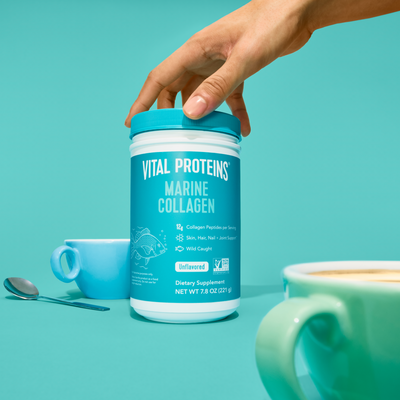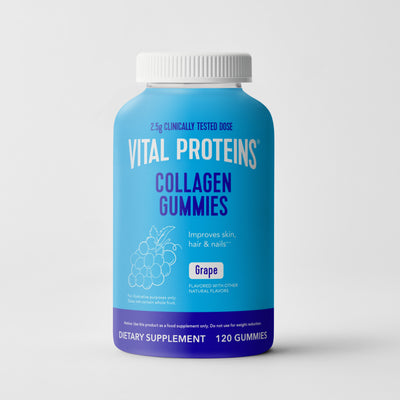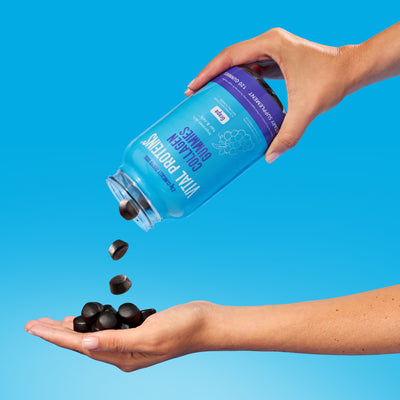Whether it was from celebrities, home workouts you’ve tried over the past two years, or testimonials from TikTok, Pilates has become the hottest new fitness craze.
But there’s nothing “new” about the practice, which focuses on strengthening and lengthening the body through core and breath-work exercises. It dates back to the 1920s when it was by German physical trainer, Joseph Pilates. Today, it’s used by millions of people who swear by the results, including the Kardashians, Hailey Bieber and Kate Hudson.
But before you book that first class, here’s everything you need to know.

What is Pilates?
Pilates is a type of exercise that “builds long lean muscle by focusing on movements that help improve flexibility and strengthen your core,” says celebrity Pilates instructor Sora Connor, who has trained with Dua Lipa, Lucy Hale, and Bailee Madison. It also focuses on building a stronger core and practicing lateral breathing.
Despite some common misconceptions, Pilates isn’t the same as yoga. Although they both focus on the mind-body connection, most of the similarities stop there. For one, yoga dates back thousands of years, while Pilates was introduced in the 20th century. Yoga is also centered around meditation, whereas Pilates is more of an actual workout that uses movements to strengthen the core.
Pilates is performed at a much faster speed than yoga, making it a bit more challenging. “Pilates focuses on lateral breathing, control and strength in each exercise instead of momentum,” says Chandel Stallworth, owner of Curls & Pilates.
Related Articles
What are the benefits of Pilates?
“Pilates can improve your posture, prevent injury, help heal injury, improve your performance in other sports or fitness activities and build a strong, more balanced body and spine that can help you function and move better in everyday life,” explains Tianna Strateman, VP of Training and Technique for Club Pilates.
These are just a few of the science-backed ways Pilates can improve your body. The benefits also go beyond the mat, as Strateman states that many people report other benefits, such as improved breathwork and overall mind-body awareness.
Do you need equipment?
If you were to search #Pilates online right now, you’re bound to get intimidated by the intense-looking equipment. But you’ll be relieved to know that you only really need a mat.
This makes it the perfect at-home workout. There are tons of Pilates classes online that bring the class to your living room with certified instructors, like on the XPLUS app.
Once you’re more comfortable with Pilates, you may want to venture out to a studio that uses equipment. “On the equipment, like Reformers, Ladder Barrels, and Chair, you are using the tension of the springs to create resistance,” says Strateman. This is different than work on a mat, where you use your own body as resistance.

What is a Pilates class like?
Before attending a class in person, it’s important to know the basics, like what to expect, what to wear and class etiquette. Stallworth recommends wearing something that you're comfortable sweating in, like yoga pants or sweats. “As an instructor, all I want is for my clients to feel comfortable,” she says. “You definitely don't have to wear leggings if sweatpants are more comfortable for you.”
The class schedule will depend on the studio and instructor. In a Club Pilates class, Strateman says that you can expect a warm-up at the start, followed by a series of exercises that will move the spine in all four directions (flexion, extension, lateral flexion and rotation). These exercises will also “move your body in all planes of motion to experience a full-body workout each time you come to class.”
In any fitness class, etiquette is very important and helps ensure a pleasant experience for everyone. That’s why it’s “important to show up a few minutes before class starts to ensure you don’t miss the warm-up in the beginning of class and that you can take a deep breath and be prepared for the class ahead!” Lastly, be sure to bring a water bottle to stay hydrated!
Are there any safety considerations?
“As with any exercise program, it’s important to be cleared by a doctor or physician to workout and to let your Pilates instructor know if you have any aches, pains, injuries, or medical conditions,” says Strateman. By letting your instructor know your limitations, they can help you modify or avoid certain exercises.
If you’re pregnant or have any serious medical conditions, Stallworth says that she would opt out of class or find a qualified private instructor.
You can expect some soreness after class, especially if it’s your first. Be sure to stretch before and after class, rest when needed, and give yourself some much-deserved self-care for tackling this fun, but challenging workout!
Vital Note: This article has been made available for informational and educational purposes only. It is not intended to be a substitute for professional medical advice, diagnosis, or treatment. Always seek the advice of your physician or another qualified health provider with any questions you may have regarding a medical condition. Your licensed healthcare professional can best provide you with the diagnosis and treatment of any medical condition and assist you as well in deciding whether a dietary supplement will be a helpful addition to your regimen.



















